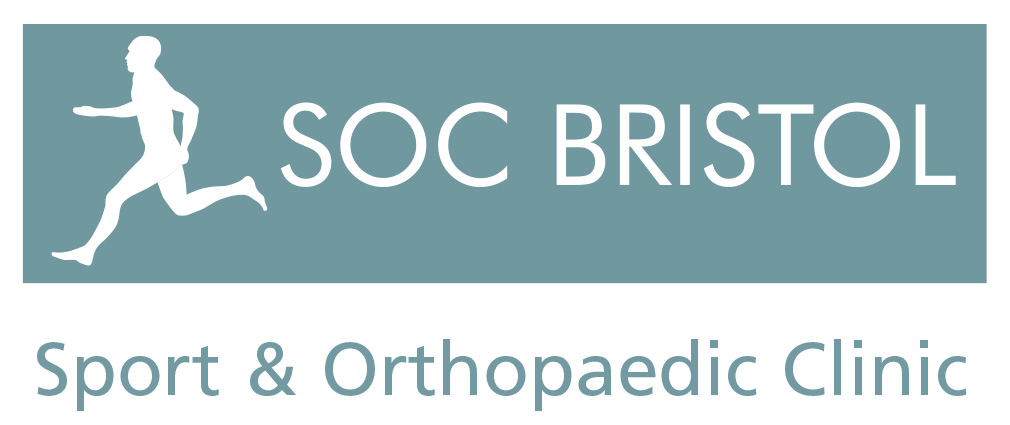Post distal biceps repair rehabilitation protocol
Aims:
The aims of the rehabilitation programme are to promote a normal reparative process and tendon healing whilst protecting the surgical repair and to optimise function in the long-term.
General Points:
• Do not push through pain.
• Do not sacrifice quality of movement for range of movement.
Post Operative support:
• The patient typically has a partial or full cast applied to the arm initially post surgery. Alternatively a wool and crepe bandage and a brace (fixed at 90 degrees) may be applied.
• If a brace has been applied then the wool and crepe may be removed at 48 hours post surgery and the wound and Steri-stripsTM should then be covered by an occlusive dressing such as a padded OpsiteTM or TegadermTM .The OpsiteTM or TegadermTM dressing is effectively splash-proof but not water-proof.
•The wound should be kept clean and dry for the first 2 weeks.
•The wound will normally be reviewed in the clinic and the dressings removed at 2 weeks post surgery by which time the wound will usually have healed and any stitches will be removed or trimmed if required.
•A brace will then usually be applied at 2 weeks if this has not already occurred. The brace should be kept on apart from to shower and bathe. It can be removed at this time but extension of the arm should be avoided and care of the wound maintained.
•The movement in the brace will be restricted to protect the repair. The degree of restriction is typically adjusted every 2 weeks allowing progressively increased extension of the elbow.
Hamstring Tendon:
•Occasionally a tendon graft may be required.
•If a tendon graft has been taken from leg there will normally be a wool and crepe bandage on the leg.
•The wool and crepe dressing can normally be removed at 48 hours.
•The wound should be covered by an occlusive dressing such as a padded OpsiteTM or TegadermTM .The OpsiteTM or TegadermTM dressing is effectively splash-proof but not water-proof.
•The wound will normally be reviewed in the clinic and the dressings removed at 2 weeks post surgery by which time the wound will usually have healed and any stitches will be removed or trimmed if required.
Precautions:
No resistance, lifting or carrying with the effected limb for at least 12 weeks post surgery.
Do not stretch past discomfort.
Post Operative Instructions:
Brace / Immobilisation:
The following regime is a guide and will depend on the surgical findings.
0-2 weeks:
Plaster or brace fixed at 90 degrees.
2-4 weeks:
Hinged brace 60 degrees to full flexion.
4-6 weeks:
Hinged brace 30 degrees to full flexion.
6-8 weeks:
Wean from hinged brace with full range of movement.
Rehabilitation:
0-6 weeks:
Aim:
To promote range of movement within that permitted.
Passive assisted range of flexion and supination within the range permitted by brace .
Active assisted extension and pronation within the range permitted by the brace (avoiding forced pronation).
No resistance flexion / extension or pronation / supination.
Hand wrist and shoulder maintenance exercises.
Decrease swelling with cryotherapy/ice and elevation as indicated.
6-12 weeks:
Aim:
To increase range of movement to normal by approximately 8 weeks.
Active assisted progressing to active elbow flexion and extension.
Active assisted progressing to active forearm supination and pronation.
Avoid combined movements (pronation and extension).
Hand wrist and shoulder maintenance exercises.
Decrease swelling with cryotherapy/ice and elevation as indicated.
12 weeks onwards:
Aim:
To increase strength.
Gradual and progressive increase in resistance for all movements.
Progressive combined movements (pronation and extension).
20 weeks onwards:
Full unrestricted activity is typically permitted including a return to sport.
Functional Milestones and Activity Time Scales:
Driving See general principles of rehabilitation.
Swimming 12 weeks plus.
Golf 12 weeks plus.

